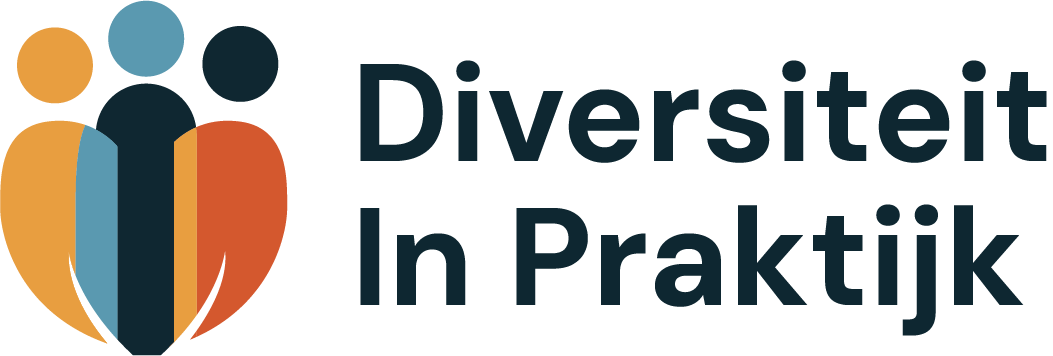Imagine this: you’re sitting in a meeting room. On the table lies the agenda for an “inclusion training.” The atmosphere is tense. Some colleagues stare into their coffee cups, while others quietly mutter, “Why this again? We’re not doing anything wrong, are we?” As the trainer begins, it feels like the room fills with more resistance than curiosity. Inclusion fatigue and irritation have set in.
What is inclusion fatigue or irritation, and how does it arise?
Inclusion fatigue often creeps in unnoticed. It starts small: passive reactions, avoiding eye contact, a lack of engagement. But while fatigue is quiet, inclusion irritation makes itself heard. It resonates in frustrated remarks, in the echo of a sigh during the break.
Both stem from the same source: well-meant intentions that miss the mark. Organizations aim to become more inclusive but fail to consider where they currently stand on the inclusion spectrum. The result? A mismatch between the interventions and the people expected to embrace them.
Imagine an organization that has never addressed diversity and inclusion (D&I) before, suddenly mandating a training on how to create an inclusive work environment. Employees feel blindsided. They don’t understand why this has suddenly become a priority and perceive the training as criticism. And it is right there, in that moment, that resistance begins to take root.
How do you prevent inclusion fatigue and irritation?
Preventing this requires a step-by-step approach that considers the needs and awareness level of your organization. It’s about implementing the right intervention, at the right time, for the right audience. Here are some practical tips:
Start by listening
Before handing out brochures or starting a presentation, begin with your people. Engage in conversations and ask simple, non-confrontational questions such as: “How does it feel to work here?”, “What can we do to collaborate even better?”, or “Do you notice colleagues ever being excluded?”
This allows you to hear what truly concerns people and what excites them. It builds a foundation of trust and helps you tailor interventions to the workplace from the very beginning.
Identify your current position
Inclusion isn’t an “all or nothing” concept—it’s a spectrum. Organizations constantly move somewhere between an exclusive and inclusive culture. Start by understanding where your organization currently stands: are most employees already aware of D&I, or is this entirely new ground? This will determine whether you need to begin with raising awareness or can immediately provide practical tools.
For example, a team that has never discussed inclusion will first need more awareness. An organization that is further along may benefit more from concrete strategies. By identifying your position on the spectrum, you can tailor interventions to better meet the needs of your employees.
Make inclusion and exclusion tangible
An intervention only works when employees can relate to it. During a workshop, we had a group of participants experience what it feels like to be excluded. Afterward, one participant said, “I actually felt powerless. I only now realize how deeply that can affect others.” Experiences like these resonate on an emotional level and make inclusion tangible.
Don’t treat inclusion solely as a policy concept, but also as a real, human emotion. The feeling of belonging, being heard, and being valued—regardless of differences between one another.
Actively involve employees
Involving employees isn’t just a way to prevent resistance; it’s the foundation of an inclusive work environment. Give employees the space to share their thoughts and express what they need to feel engaged. They don’t need to have all the answers on how to implement inclusion—it’s about making them feel like part of the journey.
“This finally feels like something we’re doing together,” said one participant after a three-day workshop where their input was incorporated into the plans.
Turn inclusion into a shared journey
Inclusion isn’t a final destination—it’s a journey. And like any journey, it requires a solid plan, the right resources, and, most importantly, collaboration. Inclusion fatigue and irritation arise when this journey is poorly organized—marked by bad timing and a lack of context.
You might wonder: Where do I start? The answer is simple. Start small, but start. Listen to your colleagues, ask questions, and take small steps that align with your organization’s current state. Inclusion takes time, attention, and, above all, people who are committed to building a culture where everyone matters.
Not done reading yet?
Want to know the most common pitfalls when implementing inclusion policies—and how to avoid them? Download our free checklist: “The 8 Biggest Pitfalls That Cause Inclusion Policies to Fail—and How to Prevent Them.”
Get the free checklist: "The 8 pitfalls that cause inclusion policies to fail - and how to prevent them"
- Avoid common mistakes
- Stay up-to-date with the latest insights through our emails
Or would you prefer to take action together? Schedule a no-obligation introductory meeting and discover how Osiris, as a speaker or trainer, can inspire your organization and help make inclusion truly work.

